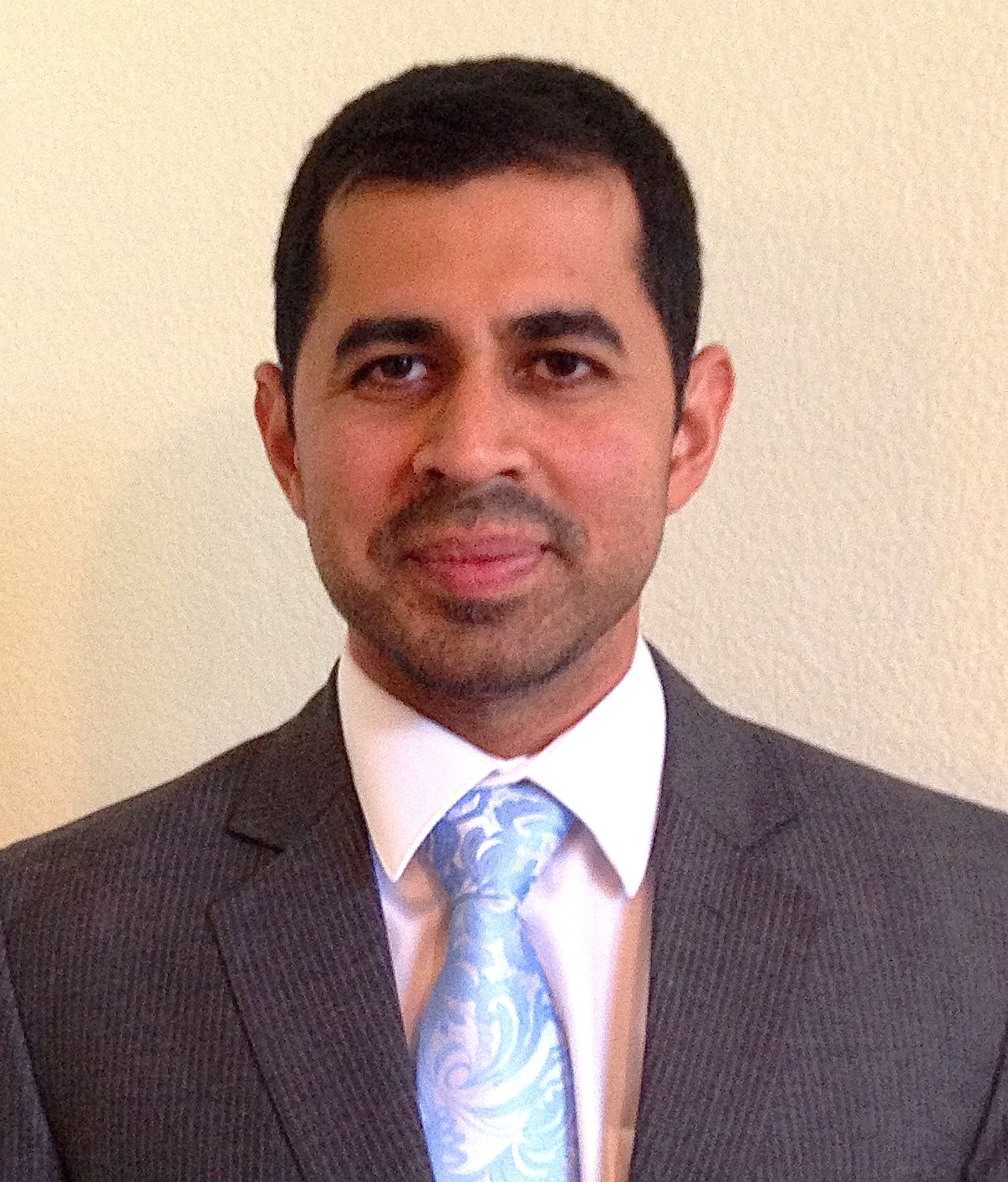A Video Field Trip to the Permian and Orogrande BasinsNew
OR
About the Course
The Permian Basin has world-class carbonate outcrops, but so does Mallorca in Spain, the Zagros mountains in Iran, the Italian Dolomites, Canadian Rockies and the La Popa Basin in Mexico. So, what makes the Permian Basin unique? It is not only the scale and lateral continuity, but the well preserved carbonate build-ups, some of which have 3D exposure. So instead of your typical highstand stacked carbonate cycles, you actually get to see structureless bioherms, biostromes, seismic-scale clinoforms and strata onlapping onto carbonate build ups.
No place on Earth receives a higher concentration of carbonate-focused geology field trips than the Permian Basin. In this video series we will take you to some of the “classic” localities and introduce you to some of the most spectacular examples of carbonate sequence stratigraphy and facies types.
Your Instructor

Dr. Ali Jaffri is the founder of Applied Stratigraphix LLC, has a doctorate in geology, and specializes in sequence stratigraphy. Between consulting projects, full-time positions and internships he has worked on the North Sea, Norwegian Sea, Barents Sea, West and East Africa, Lower Indus Basin, the Pricaspian Basin, Taranaki Basin and several US onshore Basins. Unlike most sedimentologists and stratigraphers Dr. Jaffri is equally proficient in carbonates and siliciclastics.
His doctorate at Colorado State University focused on sequence stratigraphy of mixed carbonate-siliciclastic-evaporite systems. Doctoral work was supplemented with projects with ExxonMobil Research Labs, Chevron, ConocoPhillips, Delta Petroleum, and Brigham Oil and Gas. Masters Degree was acquired from Oklahoma State University and the thesis focused on mechanical stratigraphy of a fractured carbonate reservoir. Bachelors from the University of Colorado at Boulder involved fieldwork on fluvial stratigraphy.
He has trained over 500 oil and gas professionals from 21 companies in 7 different countries.
Course Curriculum
-
PreviewOverview (0:50)
-
StartIntroduction to the Permian Basin (6:20)
-
StartStop 1: Capitan Reef Overview (2:58)
-
StartStop 2. Basinal Facies of the Bone Spring Formation (3:44)
-
StartStop 3. Brushy Canyon Turbidites (3:33)
-
PreviewStop 4. Basinal Facies in the Guadalupe Mountains: a) Calciturbidites b) Turbidites vs Debrites c) Deepwater Carbonate Channels (9:53)
-
StartStop 5. Carbonate Frictional Debris Flows (5:21)
-
StartStop 6. Slope Facies in the Guadalupe Mountains: a) Carbonate-rich turbidites b) Seismic-Scale Clinoforms c) Seismic Expression of Reefs d) Forereef and Backreef (7:08)
-
StartStop 7. Reef Facies in the Guadalupe Mountains: a) Fenestrate Pores and Teepees b) Teepee Details c) Pisoids (5:31)
-
StartStop 8. Platform interior Facies in the Guadalupe Mountains: a) Grayburg Shoaling Cycles b) Seven Rivers Shoaling Cycles Overview c) Seven Rivers Shoaling Cycles Details d) Grayburg Tidal Channels (8:17)
-
StartIntroduction to Carbonate Mounds and the Orogrande Basin (11:50)
-
StartStop 1. Bioherm (2:22)
-
StartStop 2. Leopard Knob (1:38)
-
StartStop 3. Sponge Mounds (4:09)
-
StartStop 4. Phylloid Algal Mound: a) Overview b) Core Facies c) Flank Facies (7:34)
-
StartStop 5. Seismic Scale Onlap (1:07)
-
StartStop 6. The world's most famous carbonate mound (3:17)
